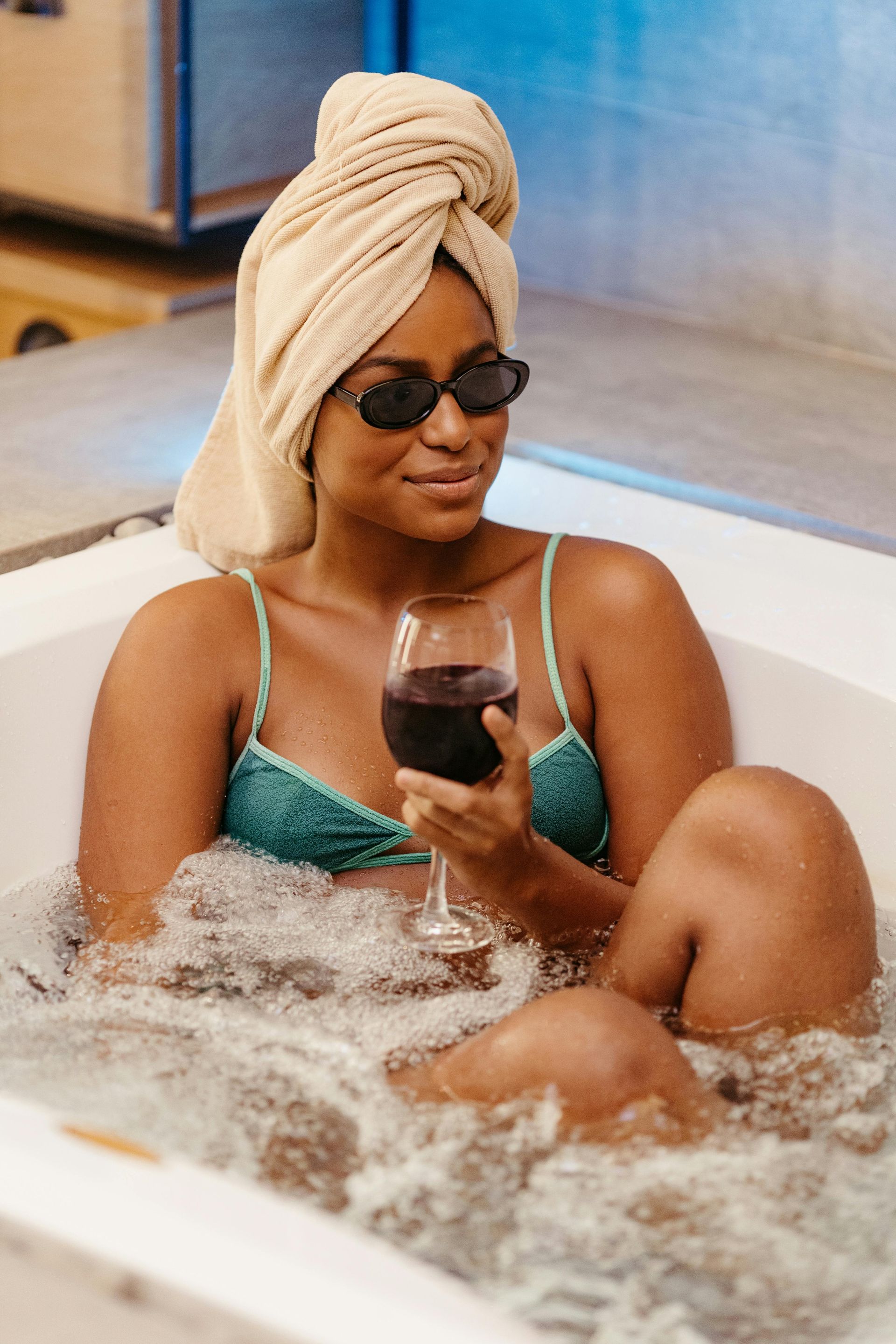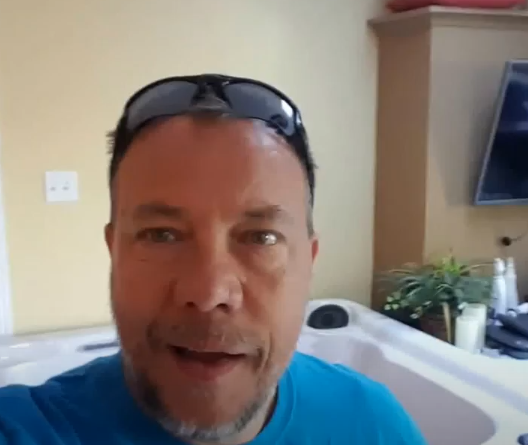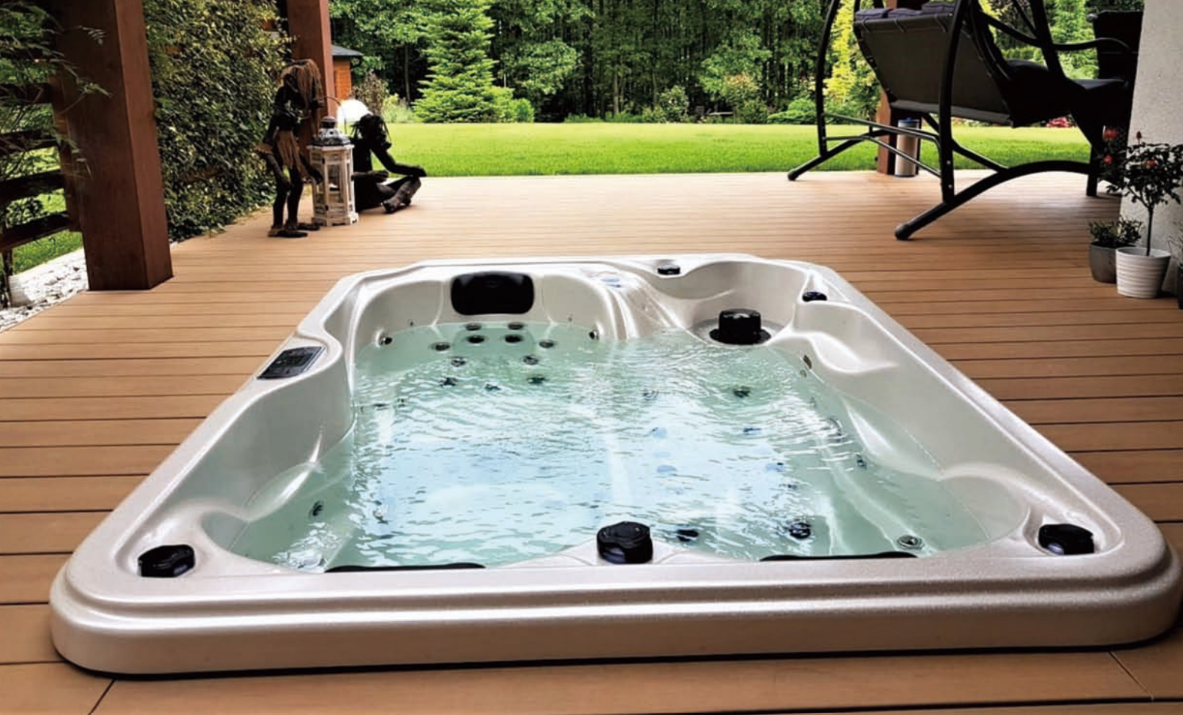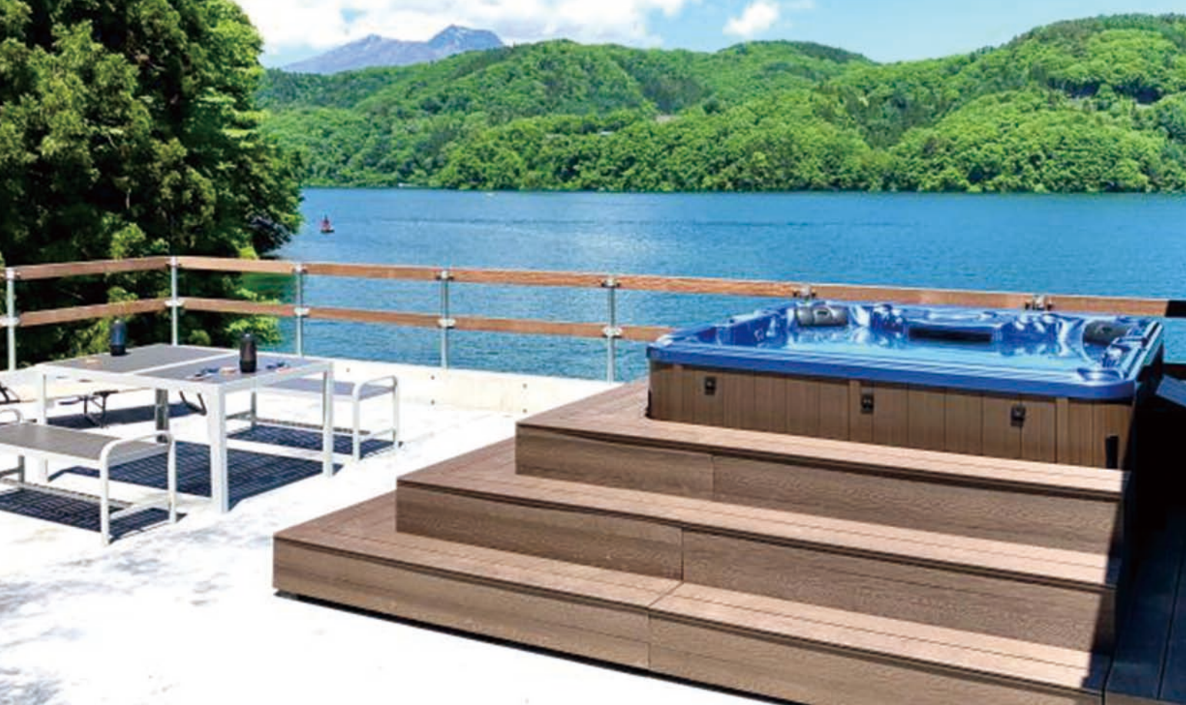Plug-and-Play or No Way?
110V vs. 220V – Which One Actually Makes Sense?

The pumps are small. The heater is weak. Running the jets? Goodbye, heater!
I can already hear the hot tub gurus grumbling. If you’ve ever shopped for a spa, you may have heard these lines before. It seems like the only option is to fork out $1,500 - $2,000 to get 220V. If you don’t want a $100/month power bill, that is.
Let’s take these claims one at a time.
Small Pumps?
Let’s dispel a few myths right away. How big are your pumps? That depends on whether you mean brake horsepower (BHP) or continuous horsepower (CHP). BHP is the peak power before inefficiencies lower it. CHP is the actual operational power.
The three most popular pump brands are Gecko, Balboa, and LX. If you want to see their true horsepower ratings, check these out:
The biggest pumps available are 5 HP for 220V spas and 1.5 HP for 110V spas. But before we get lost in the numbers, consider this: The best massage isn’t necessarily the most aggressive or highest pressure. If you’ve ever had the “pleasure” of an overzealous masseuse, you know that more force isn’t always better.
Hot tub specialists have long known that lower pressure is often more effective for relaxation. Big pumps aren’t designed to blast the skin off your back; they’re there to power a greater number of larger jets. An 8-person tub with 40+ large-diameter jets would barely function without large pumps. That’s why larger tubs use two or three pumps.
So let’s compare a small spa with 21, 3/8" jets powered by a 1.5 HP pump against a large spa with 36, 3/4" jets powered by two 5 HP pumps. To simplify, we’ll analyze one 5 HP pump powering 18 jets in the larger spa.
Using Bernoulli's Equation and accounting for negligible height differences, we find that smaller nozzles compensate for the smaller pump, delivering up to twice the pressure of the 220V setup.
If you want the highest pressure massage, a 110V spa is the way to go. If you prefer a low-pressure, full-body experience, look for a 220V or a 110V with adjustable jets or diverters.
220V Setup Costs More
- 220V setup cost: $1,500 - $2,000
- 110V setup cost: No extra setup required
Winter Performance – Negligible Difference
It’s often claimed that 110V spas struggle in the winter. The truth? The difference is negligible. Good insulation matters far more than voltage.
Jet Pressure – 110V Wins for Power
- 110V delivers higher pressure due to smaller nozzles.
- 220V excels at high flow for gentle, full-body therapy.
- Expensive high-end spas deliberately design for lower flow, higher volume massage.
Heat-Up Time – Longer but Efficient
- 110V takes longer to heat up, but its lower power draw means total energy use is similar.
- 220V heats faster, but you’re still paying for the same amount of energy.
Running Costs – Marginal Differences
A common misconception is that 220V costs less to run. In reality, for the same spa, 110V is often marginally more efficient. Always check the specific model's insulation and heating efficiency rather than assuming voltage dictates cost.
Final Verdict
The real value of 220V comes from serving multiple bathers at once. If you need a spa for large groups, 220V makes sense. But if you’re using your spa for solo or couple relaxation, a well-insulated 110V spa delivers just as much comfort at a lower upfront cost. In the end, the biggest factor affecting your power bill is insulation, not voltage.
So, does a plug-and-play hot tub really work?
Absolutely. If you choose the right one.




